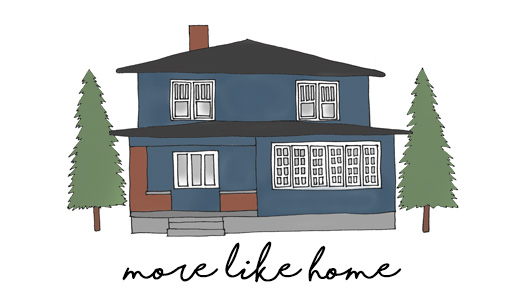I've spent a couple years (literally. years.) slowly transitioning to a more whole food diet. Change is hard, but easing in one step at a time is so. much. easier. than going all-in right out of the gate. So today I want to share one of my very favorite whole food routines. It's a great way to get lots of nutritious, whole-food goodness going on in you kitchen without investing a lot of time or a lot of money, plus it stretches to cover several meals. And it all starts with a chicken.
I know this is way off our usual path, but let's be honest - I spend a
significant amount of time feeding the little boys running all around
this place, so the food they eat is something that's on my mind a lot.
And I was thinking it might be on yours, too. So here's what we're going to do: cook a chicken, and make some broth. Easy, real food staples to get us going in the right direction.
So let's get started. Step 1: buy a whole chicken. We look for organic chickens and when they go on sale we buy a bunch and stash them in the deep freeze (thaw them before cooking). Open it up and check to see if there is a package of gizzards inside the chicken (you don't want to roast it with the wrapper inside). Don't panic about the gizzards. Move on to step two.
Step 2: Now rub the chicken with a mix of salt and spices (we actually like to do a little allspice, cinnamon and nutmeg inspired by
this recipe - don't knock it 'til you try it). Put it in a pot
(if you're really feeling brave you can open the gizzards and throw them in the bottom of the pot to roast. They're full of good-for-you nutrients that we can use later. Don't panic about the gizzards. You're a real-food chef now.) and roast it in the oven. This is my go-to method:
- Preheat the oven to 500 degrees
- Bake 15 minutes
- Reduce the temp to 450 and bake 15 more minutes
- Reduce the tempt to 425 and bake 30 minutes
- Larger birds might take a little longer too cook, use a thermometer and keep that guy roasting until it's a balmy 180 degrees all the way through.
Congrats! You just cooked a whole, real chicken! Add some veggies and you'll have your first whole-food meal on the table.
I like to throw carrots and potatoes right in with the chicky while it's roasting, or you can do any veggies you like in a separate roasting dish with some oil and seasonings (wait until the last half hour or so to put them in). And that completes your first whole-food meal. Yum yum!
But wait, We're not done with that chicken!

